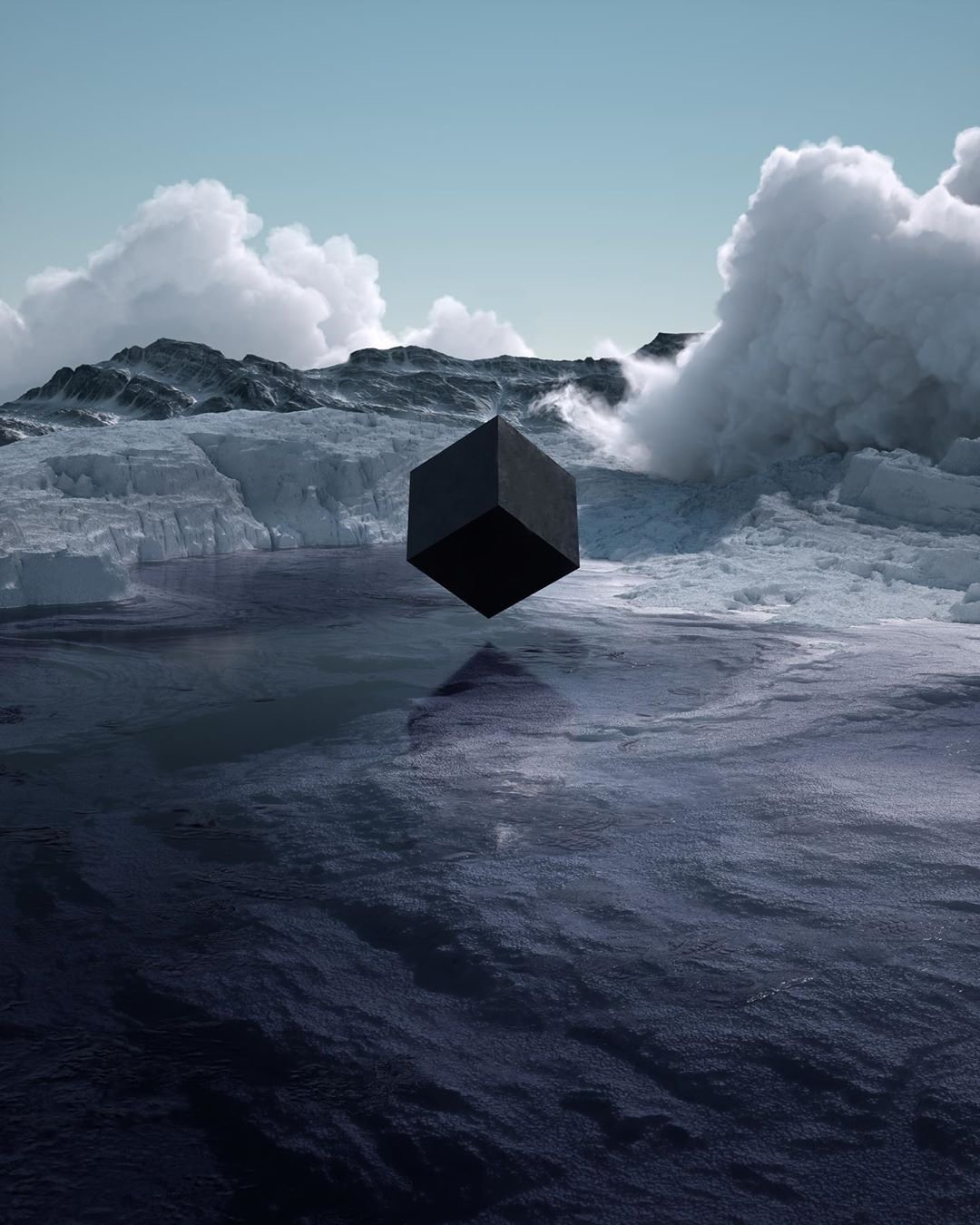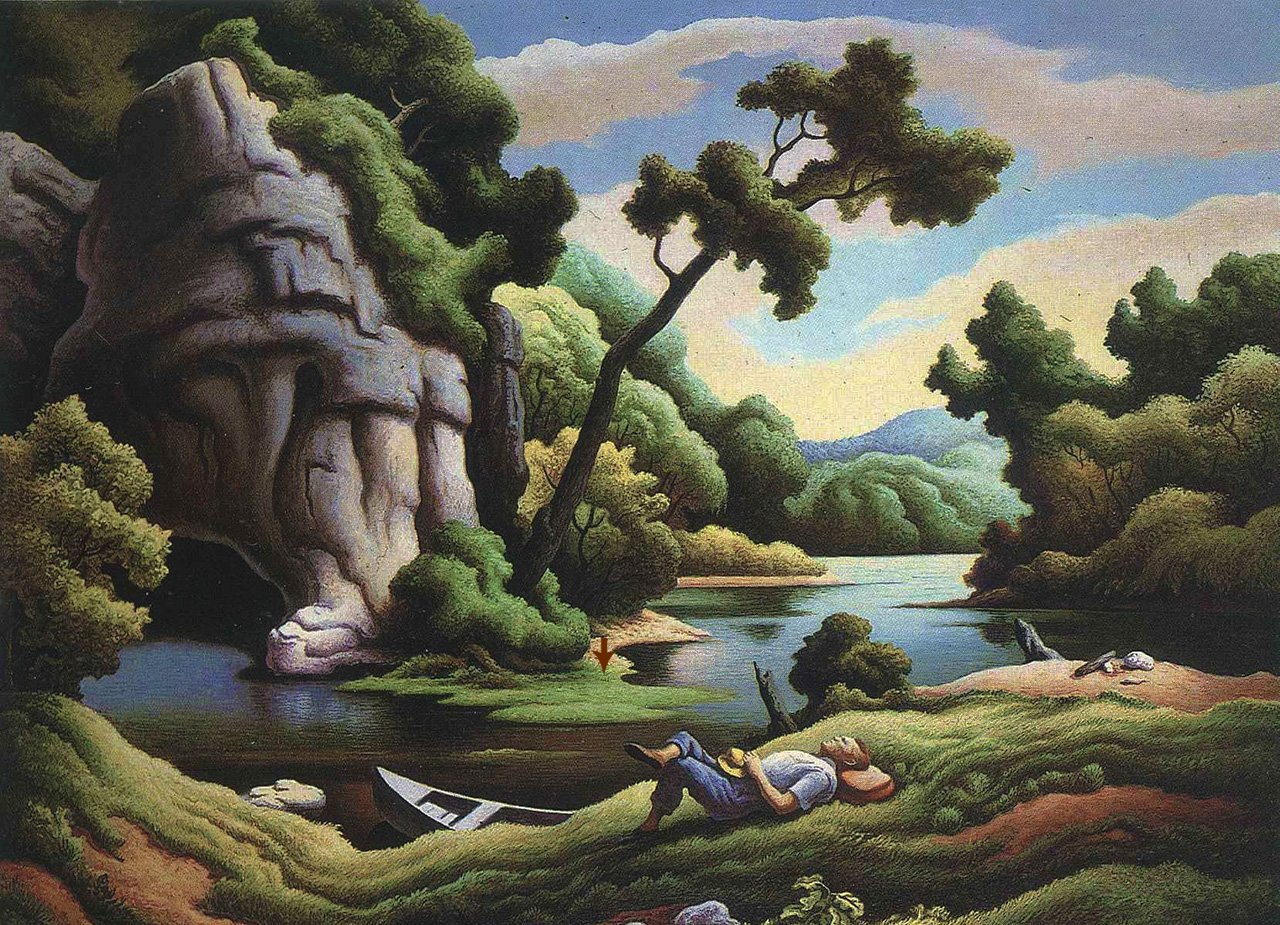
ESSAYS
Thomas Hart Benton, Cave Spring
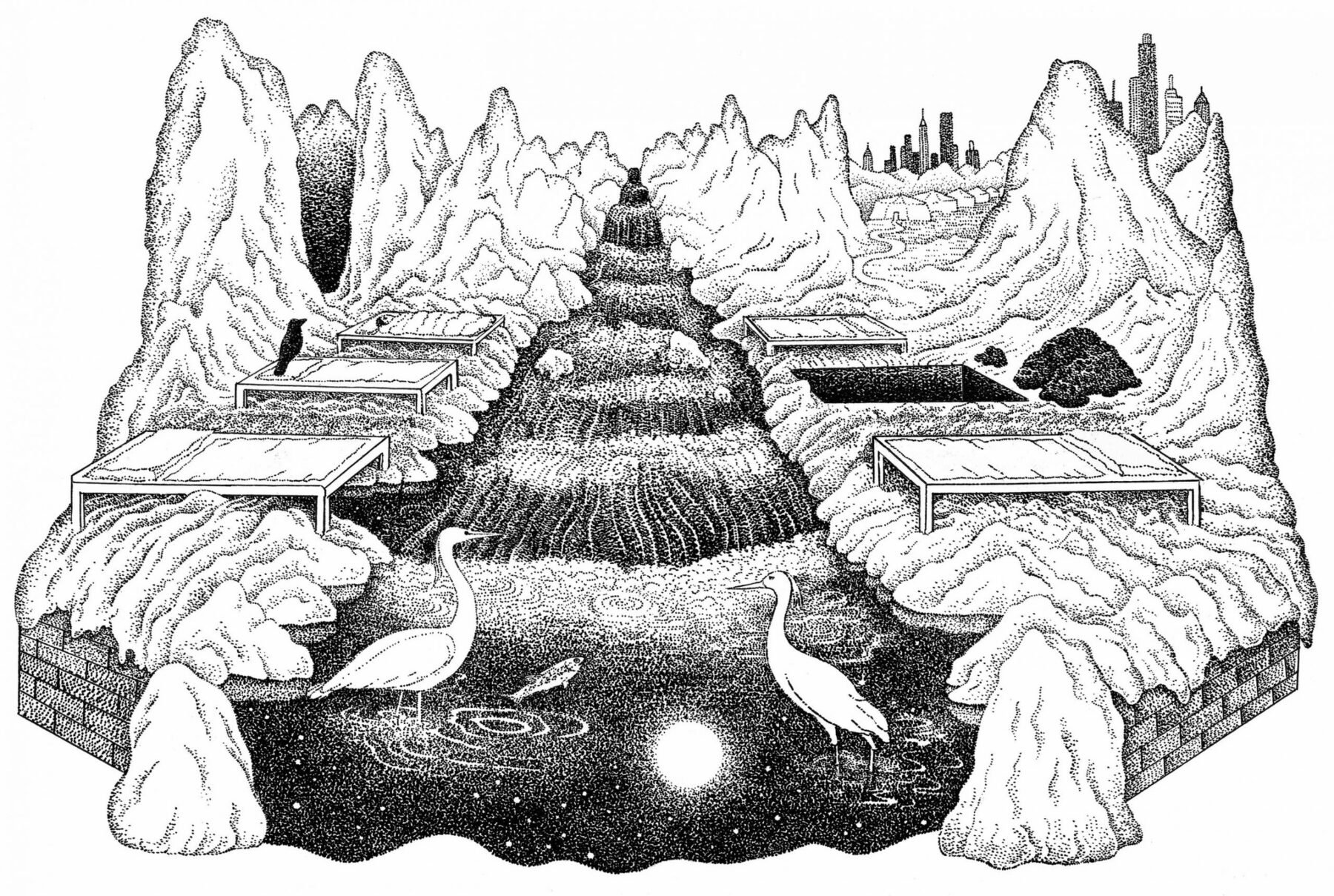
In the Ground of our Unknowing
Written from within the first weeks of the COVID-19 pandemic:
RIGHT NOW, the earthly community of life—the more-than-human collective—is getting a chance to catch its breath without the weight of our incessant industry on its chest. The terrifying nightmare barreling through human society in these weeks has forced the gears of the megamachine (all the complex churning of commerce, all this steadily speeding up “progress”) to grind to a halt—and so, as you’ve likely noticed, the land itself is stirring and starting to stretch its limbs, long-forgotten sensory organs beginning to sip the air and sample the water, grasses and needles drinking in sky without the intermediating sting of a chemical haze.

The Commonwealth of Breath
Gusting the tops of small waves, a wind carrying salt spray collides with another thick with tree pollen; edges of both merge with a breeze plucking lichen spores from the surface of rocks as it rides up the hill where I sit, high above the coast, gazing at a far-off tanker filled with tar sands crude. Behind me, another breeze lingers at the forest edge, spiced by truck exhaust and the reek from two oyster shells broken open by a raven. I breathe in, and all those unseen currents converge, pollen and petrol fumes flooding up through my nostrils (tweaking dendrites and spreading twangs of sensation along my scalp) and then down into my chest, charging my blood and feeding the vigor in my limbs. I stretch, shoulder muscles cracking, and exhale. The feelings sparked by the sight of that tanker lend their tremor to the breath pouring out through my lips: wonder and worry texture the small vortices in front of me and the eddying flows that rush past me, informing the interference patterns between my exhalations and those of the tall cedars and the mist rising from the Salish Sea.
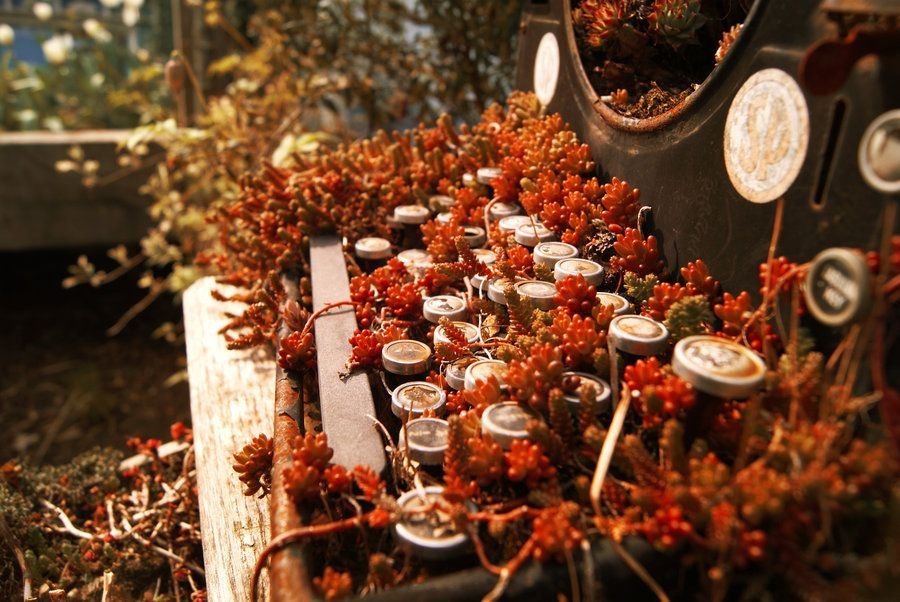
In the Depths of a Breathing Planet
By providing a new way of viewing our planet – one which connects with some of our oldest and most primordial intuitions regarding the animate Earth – Gaia theory ultimately alters our understanding of ourselves, transforming our sense of what it means to be human. For much of the modern era, earthly nature was spoken of as a complex yet mechanical clutch of processes, as a deeply entangled set of objects and objective happenings lacking any inherent life, or agency, of its own. Such a conceptual regime helped sustain the cool detachment that was generally deemed necessary to the furtherance of the natural sciences. Yet the thorough objectification of earthly nature also served to underwrite the sense of human uniqueness that has permeated the modern era.
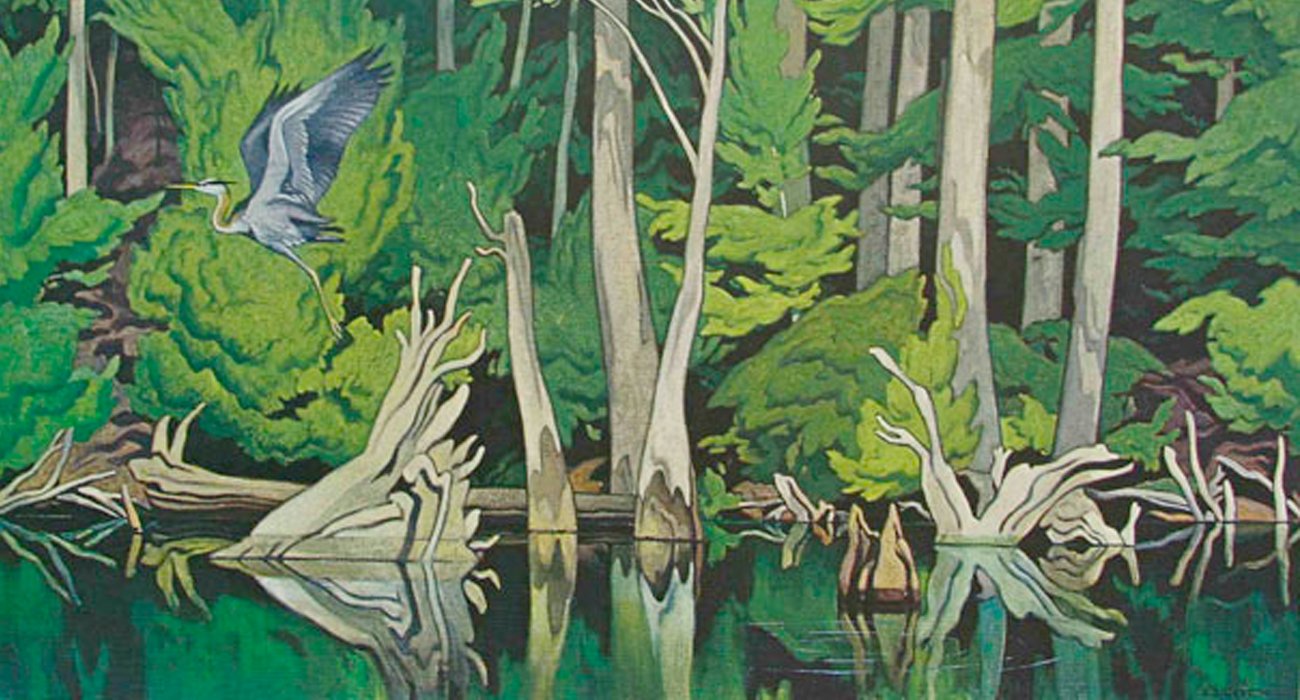
Depth Ecology
Deep ecology, as a movement and a way of thinking, has commonly been contrasted to conventional environmentalism, and especially to approaches that focus only on alleviating the most obvious symptoms of ecological disarray without reflecting upon, and seeking to transform, the more deep-seated cultural assumptions and practices that have given rise to those problems.

The Invisibles
To live is to dance with an unknown partner whose steps we can never wholly predict, to improvise within a field of forces whose shifting qualities we may feel as they play across our skin, or as they pulse between our cells, yet whose ultimate nature we can never grasp or possess in thought. To affirm our own animal existence, and so to awaken inside the world, is to renounce the pretension of a view from outside that might some day finally fathom and figure every aspect of the world’s workings. It is to acknowledge the horizon of uncertainty that surrounds any instance of knowledge, to accept that our life is at every point nourished and sustained by the mysterious.

Introduction to Jean Giono’s novel, Colline (Hill)
This translation of Jean Giono’s Colline goes to press during a time of rapidly intensifying ecological disarray. More and more species find themselves shoved to the brink of the abyss by the steady surge of human progress, while seasonal cycles go haywire and the planet itself shivers into a bone-wrenching fever. Many persons find themselves bereft, astonished by the callousness of their own species and by the strange inability of modern civilization to correct its dire course. For those who recognize the animate earth as the source of all sustenance, the future—once anticipated with excitement –now looms as an inchoate shadow stirring only a vague dread. The disquiet that troubles their sleep stems less from a clear premonition than from the lack of clear images, from the difficulty of glimpsing any way toward a livable world from the place where we are now, at the end—it would seem—of a particular dream of progress.

On Being Human in a More-than-Human World
Over the last two decades, as I’ve spoken with students and addressed diverse audiences regarding our human interchange with the rest of animate life, I’ve most often been challenged (and questioned) in the following manner: “Alright Abram, I understand when you say that we humans are completely embedded within a more-than-human world, and I understand your claim that many other animals, plants, and landforms are at least as necessary as humans are to the ongoing flourishing of the biosphere. But despite the attention and praise that you bestow upon other species, surely you must admit that humankind is something utterly unique in the earthly world! Isn't that obvious?”

All-Species Representation at the Bioregional CONGRESS
Resolution From NABC II
We resolve that NABC III recognize four participants to represent the interests and perspective of our non-human cousins:
One for our four-legged and crawling cousins, One for those who swim in the waters, One for the winged beings, the birds of the air, and One very sensitive soul for all the plant people.
Other participants who wish to keep faith with other species are welcome; however, those four individuals formally recognized to act as all-species representatives will not participate in any other capacity during the time that they function as representatives. Their role in the Congress is partly one of deep stillness, of being profoundly awake, of keeping faith with those beings not otherwise present within the circles.

In the Depths of a Breathing Planet
By providing a new way of viewing our planet—one that connects with some of our oldest and most primordial intuitions regarding the animate Earth—Gaia theory ultimately alters our understanding of ourselves, transforming our sense of what it means to be human. For much of the modern era, earthly nature was spoken of as a complex yet mechanical clutch of processes, as a deeply entangled set of objects and objective happenings lacking any inherent life, or agency, of its own. Such a conceptual regime helped sustain the cool detachment that was generally deemed necessary to the furtherance of the natural sciences. Yet the thorough objectification of nature also served to underwrite the sense of human uniqueness that has permeated the modern era. As long as the Earth had no unitary life, no agency, no subjectivity of its own, then we humans could continue to ponder, analyze, and manipulate the natural world as though we were not a part of it; our own sentience and subjectivity seemed to render us outside observers of this curious pageant, overseers of nature rather than full participants in the biotic community. The thoroughgoing objectification of the Earth thus enabled the old, theological presumption—that the Earth was ours to subdue and exploit for our own, exclusively human, purposes—to survive and to flourish even in the modern, scientific era. Gaia theory, however, gradually undoes this age-old presumption.
